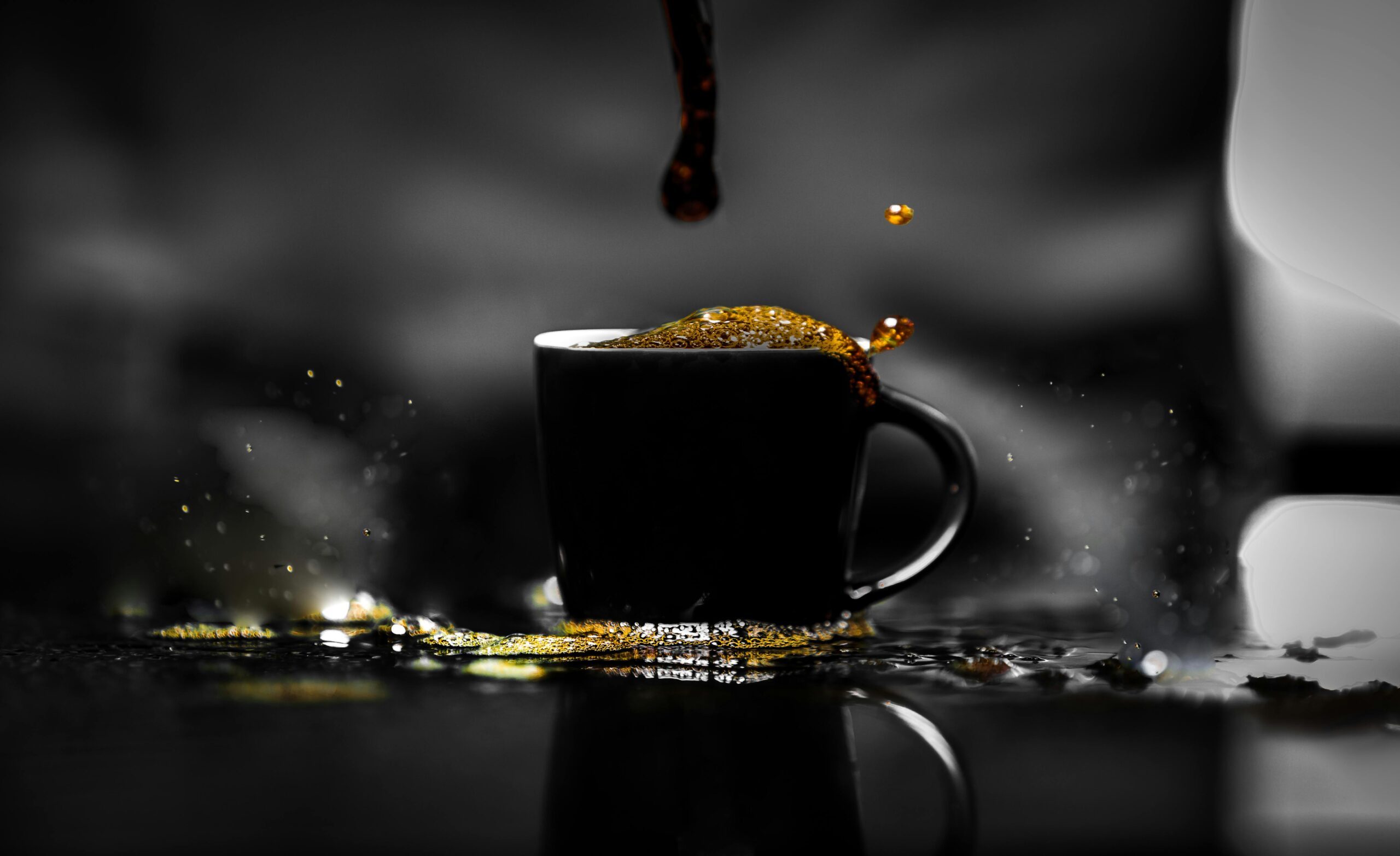Understanding the difference between immersion vs percolation is essential when it comes to revealing the true character of a coffee’s origin. Each brewing method interacts with the beans in distinct ways, influencing how flavors are extracted and perceived. For coffee professionals and curious enthusiasts alike, choosing the right method can determine whether the terroir — the environmental signature of a coffee’s birthplace — is muted or fully expressed.
What Is Terroir in Coffee?
Terroir refers to the unique combination of climate, soil, altitude, and agricultural practices that influence the flavor profile of a coffee. Just as in wine, coffee beans absorb the essence of where they are grown. A coffee from a high-altitude farm in Ethiopia might carry floral, tea-like characteristics, while one from volcanic soil in Guatemala might express chocolate and citrus notes.
The goal of brewing is to highlight this individuality. However, not every brewing method treats terroir equally. That’s where the conversation around immersion vs percolation begins.
Understanding Immersion Brewing
Immersion brewing involves steeping coffee grounds in water for a set period before filtering. Popular methods include French press, AeroPress (when used with full steep time), and cupping. In immersion, the coffee and water are in full contact, allowing soluble compounds to extract slowly and evenly.
This method often produces a heavier body, rounded mouthfeel, and deep sweetness. It allows more of the coffee’s oils and fine particles to remain in the final cup, which can enhance richness but sometimes blur brighter notes. Still, for many origins, immersion delivers warmth and depth that reflect the land it came from.
Exploring Percolation Brewing
Percolation brewing, on the other hand, uses gravity to pull water through a bed of coffee grounds. Methods like the V60 pour-over, Chemex, and traditional drip machines fall into this category. Water is poured gradually, saturating the grounds and filtering through to extract flavors at different stages.
This method tends to highlight clarity, acidity, and brightness in the cup. Since less particulate matter makes it into the final brew, the result is often cleaner and more defined. Percolation is favored by many professionals for evaluating complex single-origin coffees, as it can unveil subtle notes that might be masked in immersion methods.
Extraction Dynamics: Control vs Saturation
One of the most significant differences between immersion vs percolation is the control over extraction. In immersion, all grounds are steeped equally, which promotes uniformity but reduces your ability to isolate certain compounds. With percolation, each stage of the pour extracts different flavors, giving you greater influence over acidity, sweetness, and balance.
However, that control can also lead to inconsistency. A rushed pour or uneven bed in a V60 can result in over or under-extraction. Immersion, by contrast, is more forgiving for beginners and tends to yield more consistent results, especially when time and ratios are carefully followed.
Which Method Honors Terroir More?
This is where the debate gets interesting. For coffees with complex floral, fruity, or acidic profiles — like washed Ethiopian or Kenyan beans — percolation tends to accentuate these traits. The clean filter and segmented extraction process allow origin-specific notes to shine through, making the terroir feel more pronounced.
Yet, immersion methods can also reflect terroir in a different way. A well-prepared French press of a natural Brazilian coffee might emphasize chocolate, nuts, and red fruit in a way that speaks directly to that region’s climate and soil. While the cup may be less bright, it feels complete, rich, and rooted in place.
In essence, both methods highlight terroir — but from different angles. Percolation focuses on brightness and structure, while immersion favors depth and harmony.
The Role of Water and Grind Size
Regardless of the method, water quality and grind consistency are vital for showcasing terroir. In percolation, a finer grind increases surface area and extraction speed, which can emphasize acidity but risk bitterness if overdone. In immersion, a coarser grind slows extraction, helping preserve sweetness and body without oversteeping.
Filtered water with balanced mineral content brings out the best in both approaches. Hard water can dull delicate notes, while very soft water may flatten the cup. The method you choose must work in tandem with water and grind settings to ensure terroir is respected, not hidden.
Practical Tips for Brewing with Purpose
If you want to explore terroir using immersion vs percolation, begin with a coffee known for its distinct regional profile. Brew it both ways using consistent ratios, grind settings tailored to each method, and the same batch of water. Taste side by side and observe how certain notes emerge or fade.
Record your impressions. Do you taste more citrus in the V60? Does the French press version have deeper sweetness? Over time, you’ll begin to notice how certain origins respond better to one method than another — not because one is superior, but because it better suits the coffee’s natural expression.
What the Professionals Say
In coffee competitions and cuppings, percolation often takes center stage. It provides a consistent way to evaluate acidity, mouthfeel, and clarity. Judges prefer its ability to isolate variables and reward precise execution. However, many roasters use immersion methods for internal profiling, especially during the development of roast curves and flavor balance.
Some experts suggest hybrid approaches — such as combining steeping and filtering or using pour-over techniques with pauses that mimic immersion phases. These creative adjustments remind us that brewing isn’t static. It’s a language of expression, and both immersion and percolation are powerful dialects.
Final Thoughts: A Matter of Preference and Purpose
Choosing between immersion vs percolation isn’t about declaring a winner. It’s about understanding what each method offers, and how it aligns with the coffee you’re brewing. If your goal is to experience terroir through crisp, articulate flavors, percolation may serve you best. If you’re drawn to rich body and round sweetness that speaks of place and process, immersion could be your preferred path.
The beauty of coffee lies in its versatility. The same beans, brewed differently, can tell entirely different stories. When you approach each method with intention and care, terroir becomes more than a concept — it becomes an experience in every sip.

